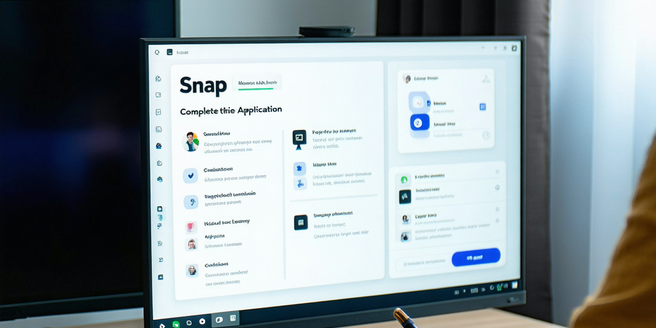Income Limits For Snap

Understanding SNAP Eligibility Criteria
SNAP, the Supplemental Nutrition Assistance Program, is designed to help low-income individuals and families afford food. Understanding the nuances of this program can greatly benefit those who are eligible. Eligibility criteria can be multifaceted, taking into account a household’s income level, resource limits, and other factors. Generally, households must meet both gross and net income tests unless they have an elderly or disabled member. The gross income test considers total income before any deductions, while the net income test accounts for deductions such as housing and childcare costs. Understanding these criteria is vital because they set the groundwork for determining who qualifies for essential food assistance. States also have the discretion to implement certain policies to better align with local economic conditions.
How Household Size Affects SNAP Income Limits
Household size is a critical factor in determining SNAP eligibility and benefit levels. Larger households typically have higher income limits, reflecting the increased cost of living for more people. For example, a household of four will have a higher allowable gross and net income limit than a household of two. This scaling ensures that assistance corresponds to actual needs. Accurate information helps in correctly assessing the eligibility and benefit amounts for families. To provide tailored support, SNAP also considers other factors, such as asset limits and expenses. Each additional household member increases the income limit incrementally, preventing larger families from being unfairly disadvantaged. Therefore, correctly identifying the household’s size is crucial during the SNAP application process, ensuring that applicants receive appropriate benefits.
Gross vs. Net Income: Key Differences Explained
Understanding the distinction between gross and net income in the context of SNAP is crucial. Gross income refers to the total income from all sources before any expenses or deductions are applied. It’s important to note that each state may have varying guidelines on what counts as income. Additionally, some states may also consider specific regional factors when determining eligibility. On the other hand, net income is what’s left after subtracting allowable deductions such as housing costs, childcare expenses, and medical bills for elderly or disabled members. SNAP eligibility often requires households to pass both income tests, ensuring that those who truly need the assistance receive it. Understanding these differences helps applicants better prepare their documentation and set realistic expectations about their eligibility.
Special Rules for Elderly and Disabled Applicants
SNAP has special provisions for elderly (aged 60 and over) and disabled individuals to ensure they receive the support they need. These applicants benefit from higher resource limits and different income calculations, reflecting their unique circumstances. For instance, medical expenses over $35 can be deducted from the income calculations, easing the financial strain. These adjustments are crucial in recognizing the specific financial challenges faced by these groups. Moreover, special deductions like shelter expenses are also considered for this group. Additionally, households with elderly or disabled members might only have to meet the net income test, bypassing the gross income requirement. These rules acknowledge the increased financial burdens faced by such individuals, aiming to provide them the food security that might otherwise be unattainable.
How to Apply for SNAP Benefits: A Step-by-Step Guide
Applying for SNAP benefits involves several steps to ensure that applicants provide all necessary information. First, individuals should gather personal, income, and expense documents to demonstrate need. It is also important to check the eligibility criteria before applying to avoid any potential delays. Next, complete a SNAP application form, which can be done online, by mail, or in person at local SNAP offices. Following submission, applicants often attend an interview, either in person or over the phone, to verify the information provided. Keeping copies of all submitted documents is vital. After processing, applicants will receive a notification of their eligibility and benefit level. Understanding these steps can facilitate a smoother application process.